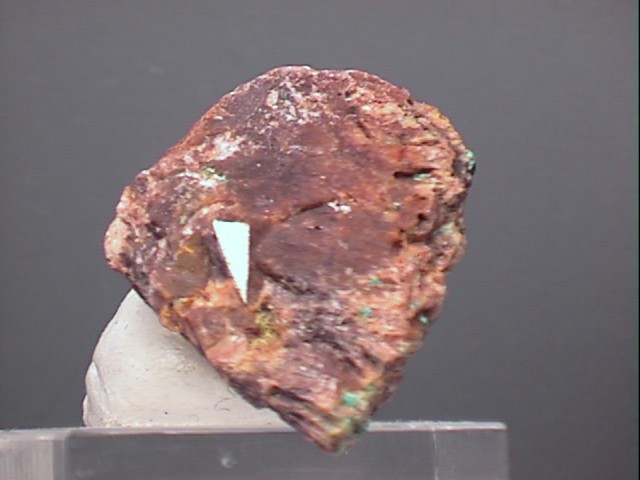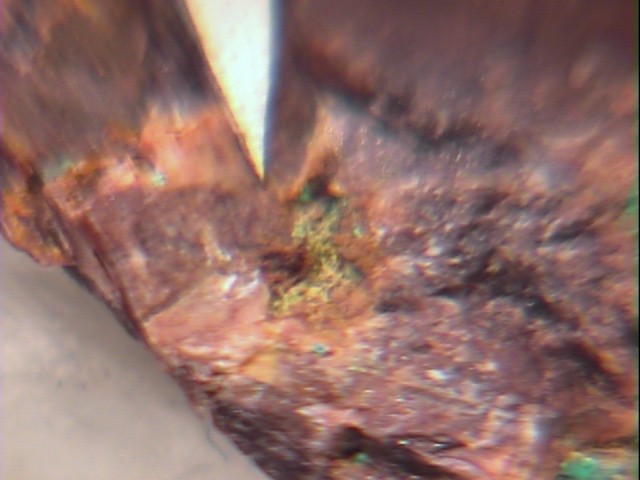 The Mineral WALPURGITE
The Mineral WALPURGITE
- Chemistry: (BiO)4UO2(AsO4)2 - H2O , Hydrated Bismuth Uranyl Arsenate Oxide
- Class: Phosphates
- Subclass: Arsenates
- Uses: A very minor ore of uranium and bismuth and as mineral specimens.
Specimens
Walpurgite specimens can have attractive tiny clusters of bladed radiating crystals.
The mineral gets its name from the Walpurgis Vein at its type locality, Weisser Hirsh Mine, Schneeberg,
PHYSICAL CHARACTERISTICS:
- Color is typically yellow but can be a reddish orange.
- Luster is adamantine to greasy.
- Transparency: Crystals are translucent to rarely transparent.
- Crystal System is trigonal.
- Crystal Habits include platy elongated crystals often aggregated and twinned. Also as crusts, fibrous and earthy.
- Cleavage is perfect.
- Fracture is lamellar.
- Hardness is 3.5
- Specific Gravity is approximately 5.95 - 6.69 (well above average for translucent minerals)
- Streak is a pale yellow.
- Other Characteristics: Radioactive, non-fluorescent and cleavage sheets are surprisingly brittle.
- Associated Minerals include
bismutite , torbernite, zeunerite, uraninite and other uranium minerals. - Notable Occurences include the type locality of Weisser Hirsch Mine, Schneeberg,
Saxony , Germany also at the Miracle Mine, Kern County, California, USA. - Best Field Indicators are color, crystal habit, high density, non-fluorescence, radioactivity and associations.



